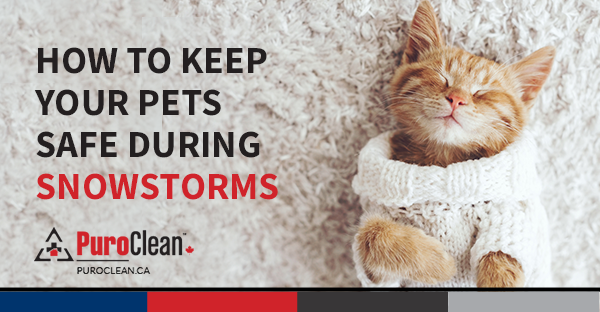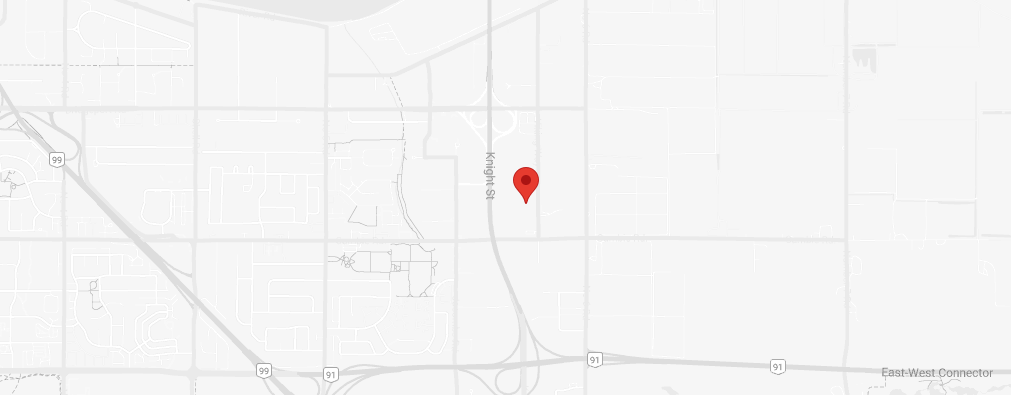The PuroClean Blog
How to Keep Your Pets Safe During Snowstorms
 Animals, especially those we keep outdoors, are exposed to great risks when a snowstorm arrives. If possible, the animal owners should bring them inside or take them to a sheltered area where they can live safely until the blizzard has passed. Here are more essential tips to keep pets and livestock safe during a snowstorm:
Animals, especially those we keep outdoors, are exposed to great risks when a snowstorm arrives. If possible, the animal owners should bring them inside or take them to a sheltered area where they can live safely until the blizzard has passed. Here are more essential tips to keep pets and livestock safe during a snowstorm:
- Pets should be brought inside and livestock must be moved to sheltered areas. Just like humans, animals can suffer from hypothermia and frostbite, mainly when the temperature drops below 0 degrees Celsius.
- Shelters for outdoor animals should be small enough to hold in the pet’s body heat, but large enough for the pet to sit or lie down. The floor should be elevated a few centimetres off the ground and covered with straw or cedar shavings. Also, the enclosure has to be draft-free and its doorway should be protected with waterproof material.
- The animals living outside in shelters must have access to non-frozen water and food. Their access to water and food must not blocked by obstacles such as ice or snow drifts.
- Dogs and cats should be separated – they might get frightened and attack each other. Also, small areas where cats can hide should be sealed, and dangerous items in the room should be removed.
- As salt and other chemicals are used to melt ice on walkways, pet owners should wipe their pets’ paws with a damp cloth after a walk. If chemicals come in contact with a pets’ paws, they could lick their paws and become irritated or even sick.
- Walking dogs outside during heavy snowfall should be avoided. There is a risk that loosened trees or branches could fall and injure the owner or the pet. If walking the dog out is necessary however, it should be kept on a leash.
- Any antifreeze spills in the garage or other area should be wiped, and the substance should be stored in a safe place. Pets that ingest antifreeze can become seriously sick.
Pet owners should have a plan to protect their pets in case of a fire, as well. Here are tips to keep pets safe from fire and more guidelines to protect pets from disasters. The PuroClean team stands ready to provide professional restoration services to any property affected by fire, water or mould damage.
Follow us on Twitter, Facebook, Google+ and LinkedIn to get our notifications!
January 19, 2018



